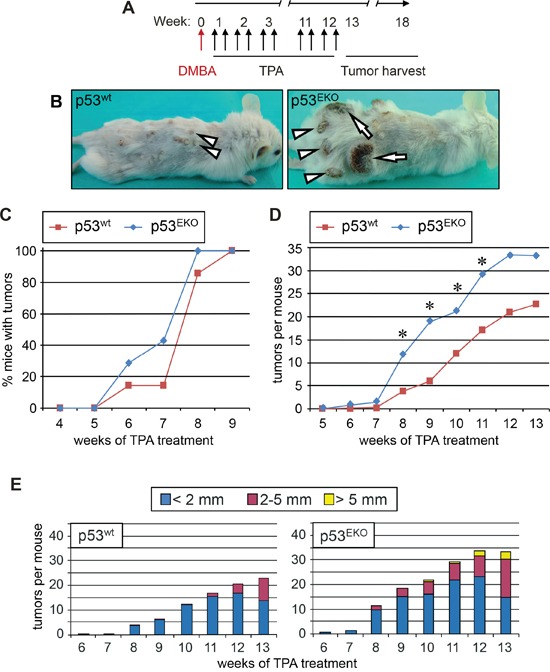Figure 2. Absence of p53 in epidermis predispose to tumor development in a two-stage chemical carcinogenesis protocol.

A. Timeline of the skin carcinogenesis experiment. 8 to 9 week-old mice were shaved, and three days later treated topically with the carcinogen DMBA. TPA was administered twice a week for 12 weeks. Tumor sampling extended until week 18 in p53EKO mice. B. Representative example of a p53wt (left) or p53EKO (right) mouse at week 14. Note the small pedunculated skin tumors with papillomatous aspect in the p53wt mouse and the larger skin tumors in p53EKO mice (arrowheads); in addition, some of the tumors in p53EKO mice are sessile and ulcerated, resembling malignant carcinomas (arrows). C. Tumors emerge earlier in p53EKO mice than in p53wt mice when subjected to a DMBA/TPA chemical carcinogenesis protocol. D. Time evolution of mean tumor number by phenotypes. p53EKO mice developed more tumors than p53wt mice. Asterisks indicate p value < 0.05 in the t-Student test. E. Size distribution of skin tumors in p53EKO and p53wt mice. Note the earlier emergence and the higher number of medium (diameter > 2 mm) and large (diameter > 5 mm) tumors in p53EKO mice in comparison to p53wt mice.
